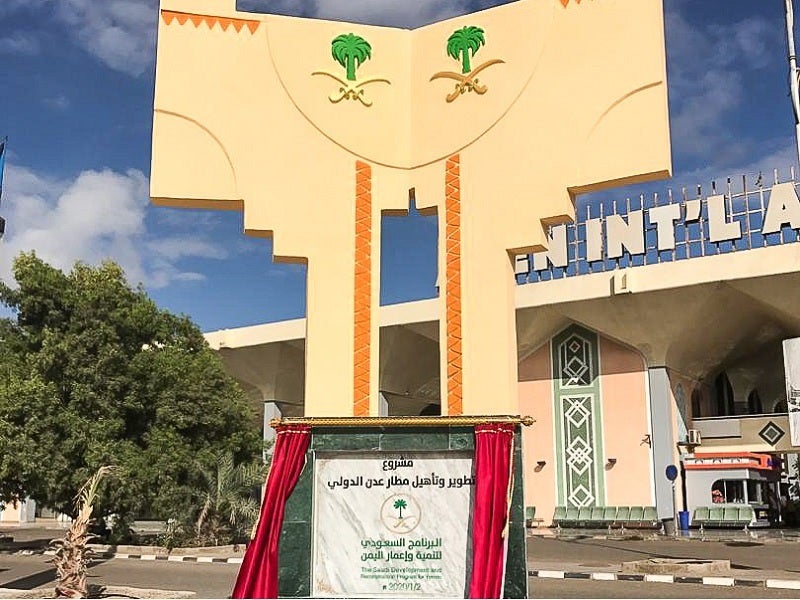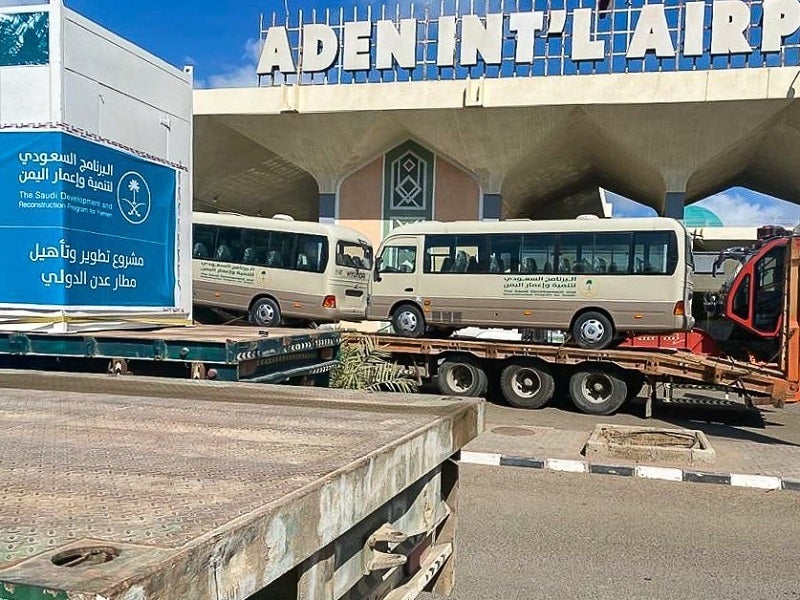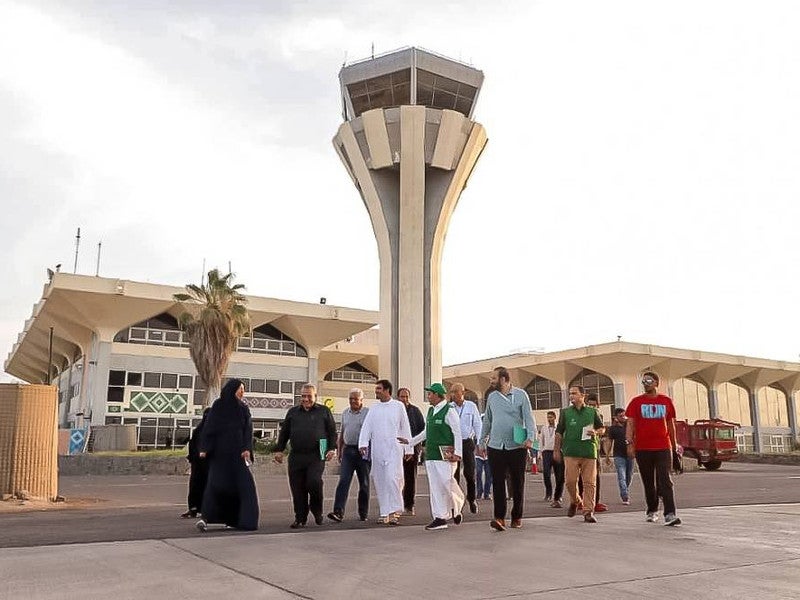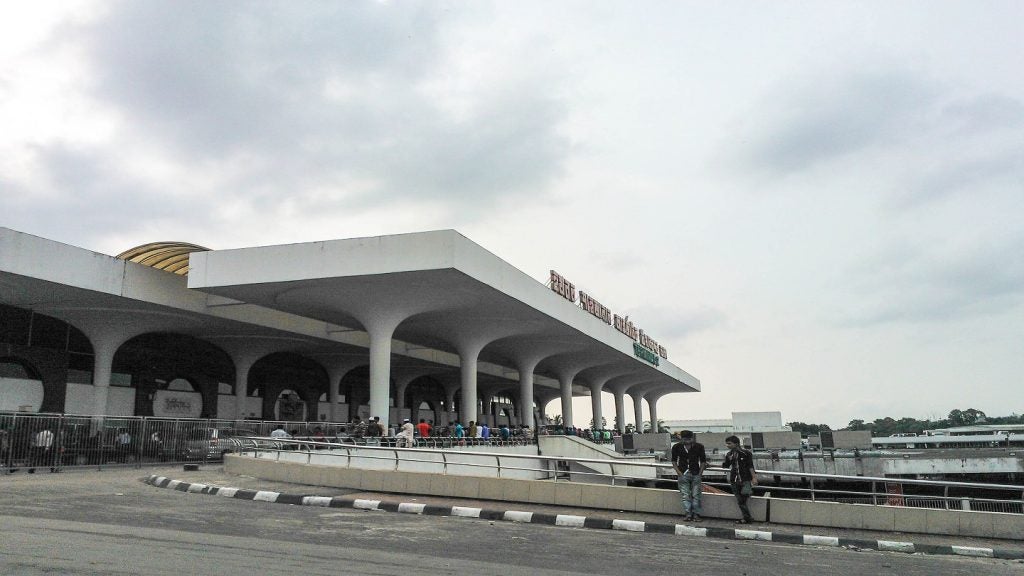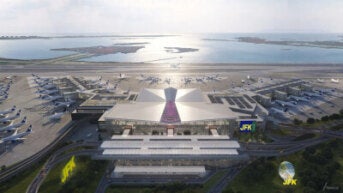The Aden International Airport rehabilitation and upgrade project is being undertaken by the Saudi Development and Reconstruction Program for Yemen (SDRPY).
A groundbreaking ceremony was held in January 2020, marking the launch of phase one of the project.
The modernisation and expansion project aims to improve services to travellers and transform the airport into a world-class non-stop hub for domestic and international flights.
Aden International Airport location and background
The airport is located 6km away from the centre of Aden, Yemen. It offers direct connectivity between Aden and other countries in the region.
From 1917 to 1967, the airport site initially served as the location of the UK Royal Air Force (RAF) Khormaksar military airbase. A new terminal was opened in 1985 and, by 1996, the airport became Yemen’s second largest airport after Sana’a International Airport.
The airport was closed following the outbreak of the Yemeni Civil War in early 2015. It was re-opened for civilian air traffic in late 2015, with limited commercial services.
Aden International Airport is also home to the 128 Squadron Detachment of the Yemeni Air Force. The squadron primarily operates transport and attack helicopters.
Aden International Airport rehabilitation project details
The proposed expansion aims to increase the airport’s passenger and flight handling capacity. Aden International Airport currently operates six regional flights a week.
Prior to the groundbreaking event, SDRPY carried out an assessment of the technical and structural needs of the airport in November 2019. These studies inspected the airport’s buildings, runway lighting and equipment, departure and arrival halls, runway surface and navigation systems.
The rehabilitation project is being implemented in three phases. Phase one focuses on providing safety measures, transportation and electricity to the airport. The approach roads of the airport complex and the external main gates will be redesigned and travellers will be provided with shuttle bus transfers.
The second phase of the rehabilitation project will involve the development of air traffic control, telecommunications and navigation systems. It will also include upgrades to the runway, taxi areas, gates and tunnels connecting gates to aircraft.
The final stage will reorganise the airport operations and facilities to comply with International Civil Aviation Organization (ICAO) standards across all areas, including power supply, navigation, safety, air traffic control and exterior and interior infrastructure.
Other developments at Aden International Airport
Balfakih Security Solutions won a tender to provide security surveillance cameras for Aden International Airport. The company provided several ULTRA cameras, PTZ and FishEye cameras designed by Dahua Technology to increase the protection of the airport site.
In addition, Balfakih Security Solutions supplied workstations provided by HP. The workstations were initially equipped with SmartPSS VMS system and later upgraded to DSS Express.
The airport has adopted a video wall solution for monitoring and detecting threats. The airport upgrade also included the installation of primary and backup recording devices.
Aden International Airport rehabilitation project benefits
The rehabilitation and upgrade project will facilitate the operation of international airlines to and from the airport, thereby improving connectivity from Yemen to other countries in the region.
The project will increase the volume of air traffic and the airport’s passenger handling capacity. It is also expected to position the airport as a contributor to the national and regional economy.

